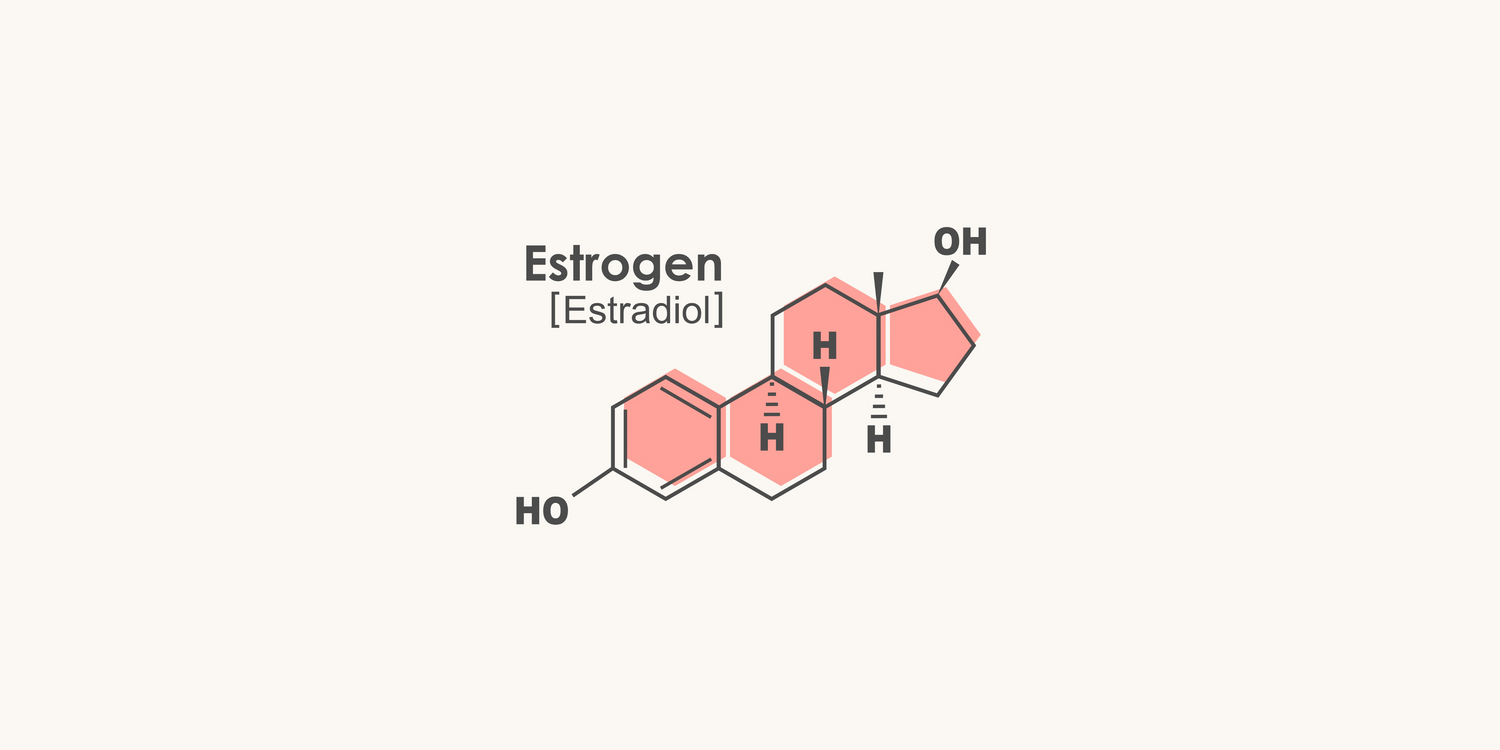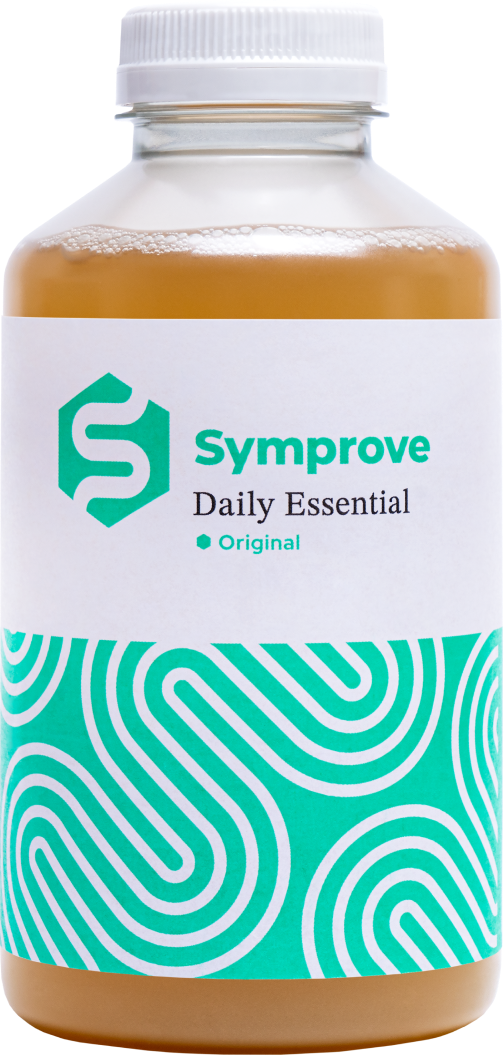The gut microbiome refers to the community of microorganisms that reside within the gastrointestinal tract. This complex ecosystem is made up of thousands of different microbes (including bacteria, viruses, yeasts, fungi), and plays a critical role in directly and indirectly regulating a variety of physiological processes
One area that has recently received attention is the estrobolome, a relatively new concept in the field of microbiome research, having been first defined just over 10 years ago. It refers to the collection of bacterial genes within bacteria that are capable of metabolizing estrogens.
It has been suggested that the estrobolome plays a key role in hormonal disorders (such as ovarian and breast cancer).
Estrogen is a hormone that can act on multiple target sites including the brain, bones, and immune system. There are three types of estrogen – estrone, estradiol, and estriol, although estradiol is the most abundant form of circulating estrogens (Iorga et al 2017).
There is a bi-directional relationship between the gut microbiome and estrogens – the gut microbiome may regulate circulating estrogens while estrogens may also regulate the gut microbiome.
Starting with the former, the gut microbiome regulates estrogen through release of β-glucuronidase (GUS), enzymes that deconjugate estrogens into their active (unbound) forms leading to reabsorption and recirculation in the blood, ultimately affecting systemic estrogen levels.
Therefore, heightened GUS activity may potentially provide a protective role against disease. Research suggests a dysbiotic gut microbiome may impair this function.
Most bacteria display GUS enzymatic activity, including the major commensal bacteria genera (e.g. Bacteriodes, Propionibacterium, Bifidobacterium and Lactobacillus).
With the latter, estrogens can regulate the gut microbiome by affecting bacterial growth. Also, studies have shown higher estrogen metabolites correlates with increases gut microbiome diversity.
In addition, gut bacteria can produce estrogen-like compounds from dietary sources. Furthermore, GUS activity is influenced by dietary intake.
Therapeutically, limited studies have investigated the impact of pre or probiotics on β-glucuronidase production, with one study indicating possible effects from selected interventions.
In summary, while exploration of the estrobolome is still in its early stages, research to date suggest that the gut microbiome may play a significant role in estrogen metabolism which in turn may be important for estrogen-mediated health and illness. In the future, the estrobolome may be a promising target for therapeutic interventions aimed at regulating estrogen levels and reducing the risk of associated disease.
The estrobolome – like the wider gut microbiome - is a complex and dynamic ecosystem that is influenced by a variety of factors (dietary, lifestyle, environmental) which will need to be considered in any potential estrobolome-focused therapeutic developments.
For related reading, read our blogs on:



